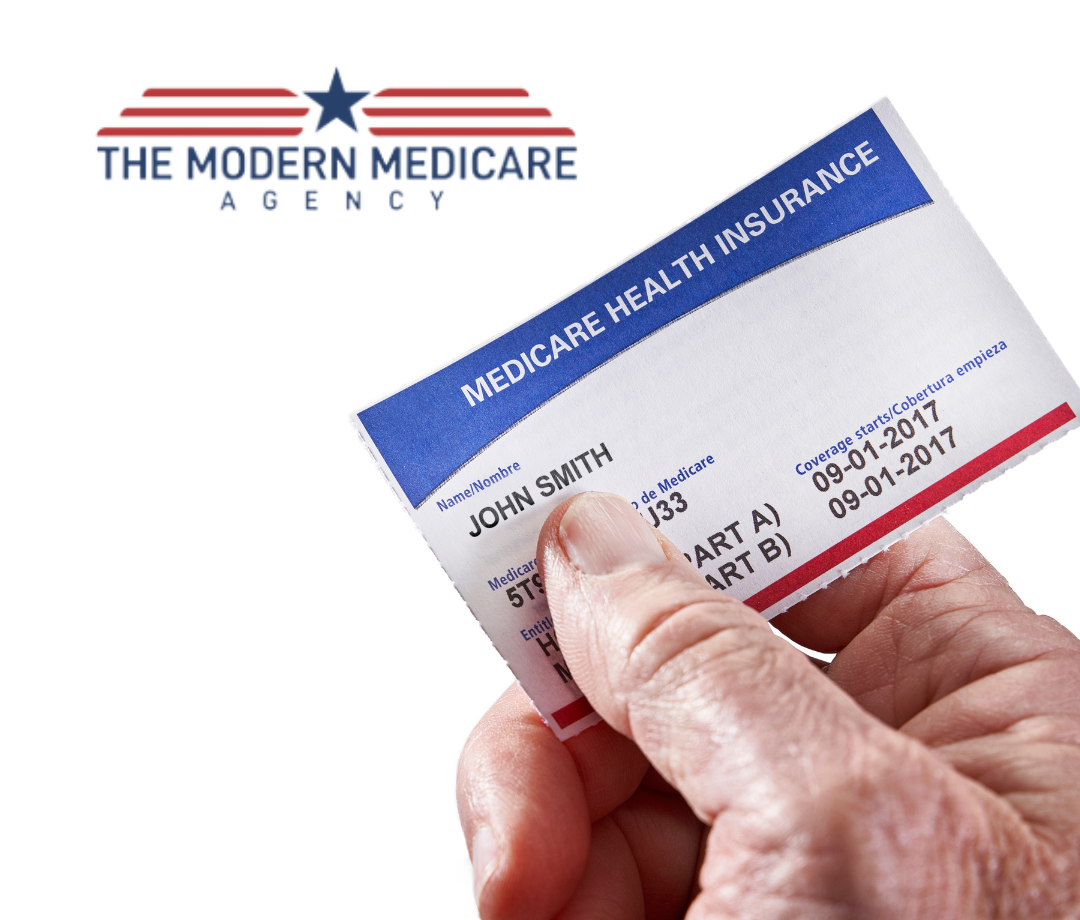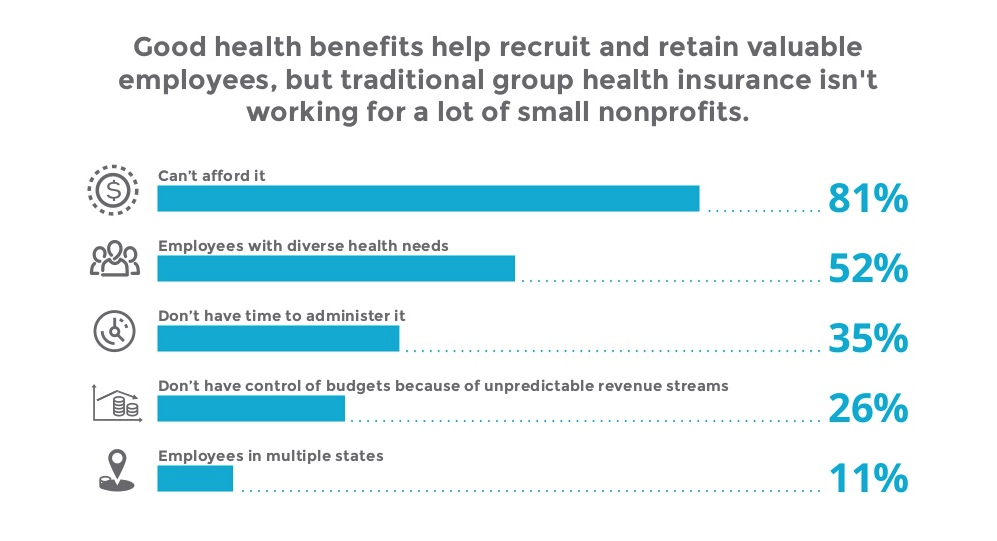Medicare Advantage Agent for Dummies
Medicare Advantage Agent for Dummies
Blog Article
Rumored Buzz on Medicare Advantage Agent
Table of ContentsMedicare Advantage Agent Fundamentals ExplainedThe 8-Second Trick For Medicare Advantage Agent4 Easy Facts About Medicare Advantage Agent Shown


follows from adheres to the perplexing young reasonably profile of the uninsured with the better healthMuch better on average, of younger persons. For those without access to office wellness insurance coverage, poor health and wellness is a potential obstacle to purchasing nongroup protection due to the fact that such protection may be extremely valued, exclude preexisting problems, or be just inaccessible. Unless otherwise kept in mind, national quotes of people without health insurance policy and percentages of the populace with various kinds of insurance coverage are based on the CPS, the most commonly utilized resource of price quotes of insurance protection and uninsurance prices.

An Unbiased View of Medicare Advantage Agent
Over a three-year period starting early in 1993, 72 million people, 29 percent of the united state populace, lacked protection for a minimum of one month. Within a single year(1994), 53 million people experienced a minimum of a month without insurance coverage(Bennefield, 1998a). Six out of every 10 without insurance grownups are themselves used. Although functioning does enhance the likelihood that one and one's relative will certainly have insurance coverage, it is not a warranty. Also participants of households with two full time wage earners have practically a one-in-ten opportunity of being without insurance (9.1 percent without insurance price)(Hoffman and Pohl, 2000 ). The relationship between wellness insurance policy and accessibility to care is well developed, as recorded later on in this phase. Although the connection between medical insurance and health and wellness end results is neither straight nor straightforward, a considerable medical and health services research literary works web links medical insurance protection
to enhanced accessibility to care, better high quality, and enhanced personal and populace health and wellness condition. The 2nd record, on individual health and wellness results for without insurance adults, is represented by the inner circle of the figure, while the 3rd report, on family health, incorporates the topics of the 2nd report however emphasizes a different system of analysis, specifically, the family. The sixth record in the collection will present info about approaches and initiatives taken on locally, statewide, or country wide to deal with the lack of insurance policy and its unfavorable impacts. Levels of evaluation for examining the results of uninsurance. This discussion of health and wellness insurance protection focuses largely on the U.S. population under age 65 because essentially all Americans 65 and older have Medicare or various other public protection.
It focuses specifically on those without any kind of wellness insurance policy for any length of time. The issues faced by the underinsured remain in some areas similar to those dealt with by the without insurance, although they are generally less severe. Uninsurance and underinsurance, nevertheless, involve definitely various plan problems, and the techniques for addressing them may differ. Throughout this study and the five reports to comply with, the main focus is on persons without any wellness insurance and therefore no support in paying for my blog healthcare past what is offered via charity and safeguard organizations. Health insurance policy is a powerful element impacting invoice of treatment since both individuals and doctors reply to the out-of-pocket price of solutions. Health insurance policy, nonetheless, is neither required neither sufficient to get to medical solutions. Nonetheless, the independent and direct impact of health
insurance protection on accessibility to health and wellness services is view it well developed. Others will obtain the healthcare they require also without health insurance policy, by spending for it expense or seeking it from providers who use treatment cost-free or at highly subsidized rates. For still others, wellness insurance alone does not make sure receipt of care as a result of various other nonfinancial barriers, such as an absence of wellness care providers in their community, minimal accessibility to transport, illiteracy, or linguistic and cultural differences. Formal research study regarding without insurance populations in the USA dates to the late 1920s and very early 1930s when the Committee on the Cost of Healthcare produced a series of reports concerning financing medical professional workplace gos to and hospital stays. This issue ended up being significant as the varieties of clinically indigent climbed up throughout the Great Anxiety. Empirical researches constantly sustain the link in between access to care and enhanced health outcomes(Bindman et al., 1995; Starfield, 1995 ). Having a regular source of treatment can be considered a predictor of gain access to, instead than a straight step of it, when health and wellness results are visit this website themselves used as accessibility signs. This expansion of the idea of accessibility dimension was made by the IOM Board on Keeping An Eye On Gain Access To to Personal Health Care Solutions(Millman, 1993, p. Whether parents are insured shows up to impact whether or not their youngsters obtain treatment as well as just how much careeven if the kids themselves have protection(Hanson, 1998). The health and wellness of moms and dads can influence their capability to look after their youngsters and the degree of family anxiety. Fretting about their youngsters's accessibility to care is itself a source of tension for parents. 3 chapters follow in this report. Chapter 2 offers a summary of exactly how employment-based health insurance coverage, public programs and specific insurance coverage plans run and engage to provide extensive yet insufficient coverage of the U.S. population. This includes a testimonial of historical patterns and public policies influencing both public and personal insurance policy, a conversation of the interactions among the different sorts of insurance coverage, and an exam of why people relocate from one program to one more or finish up

Report this page